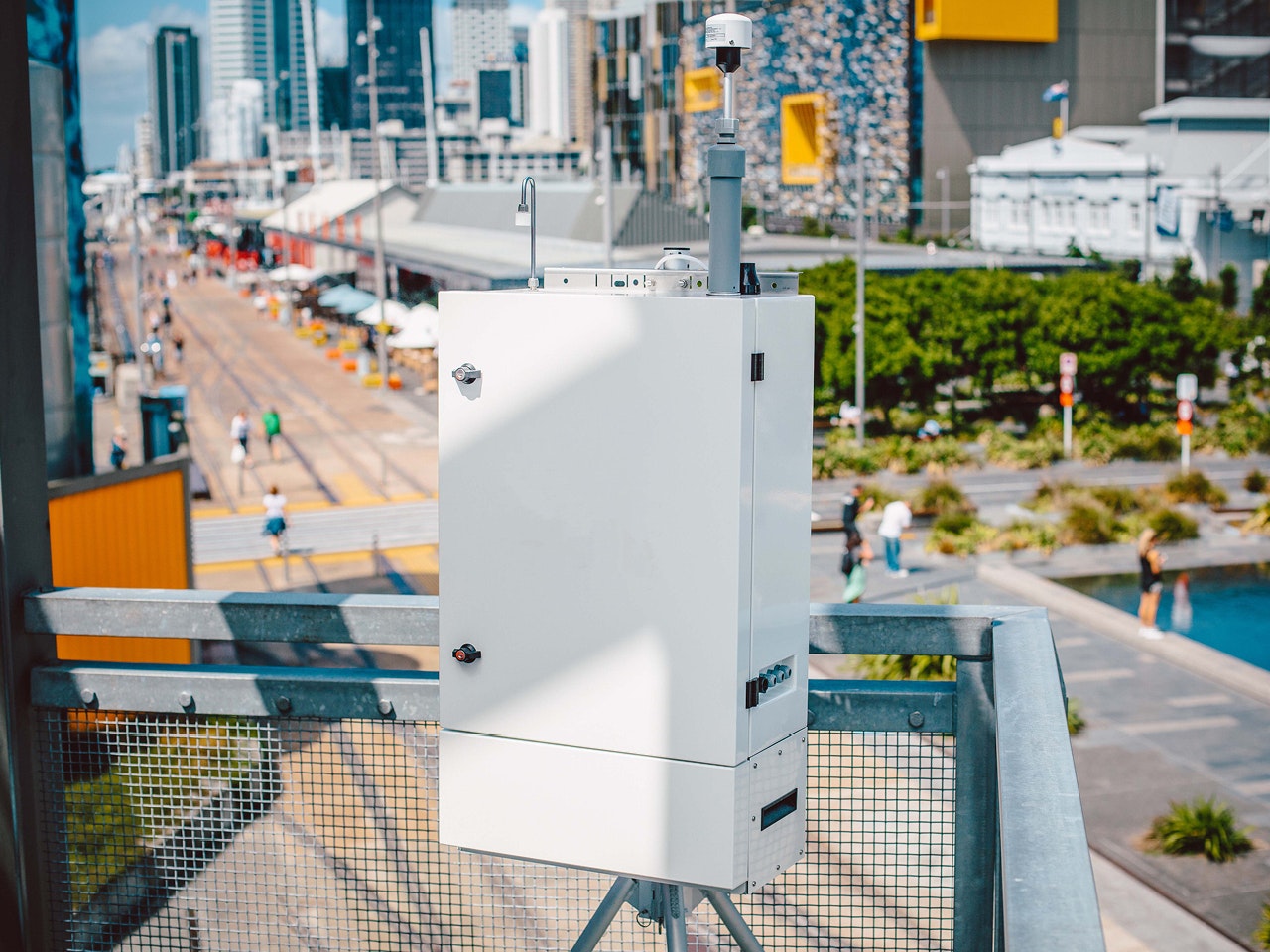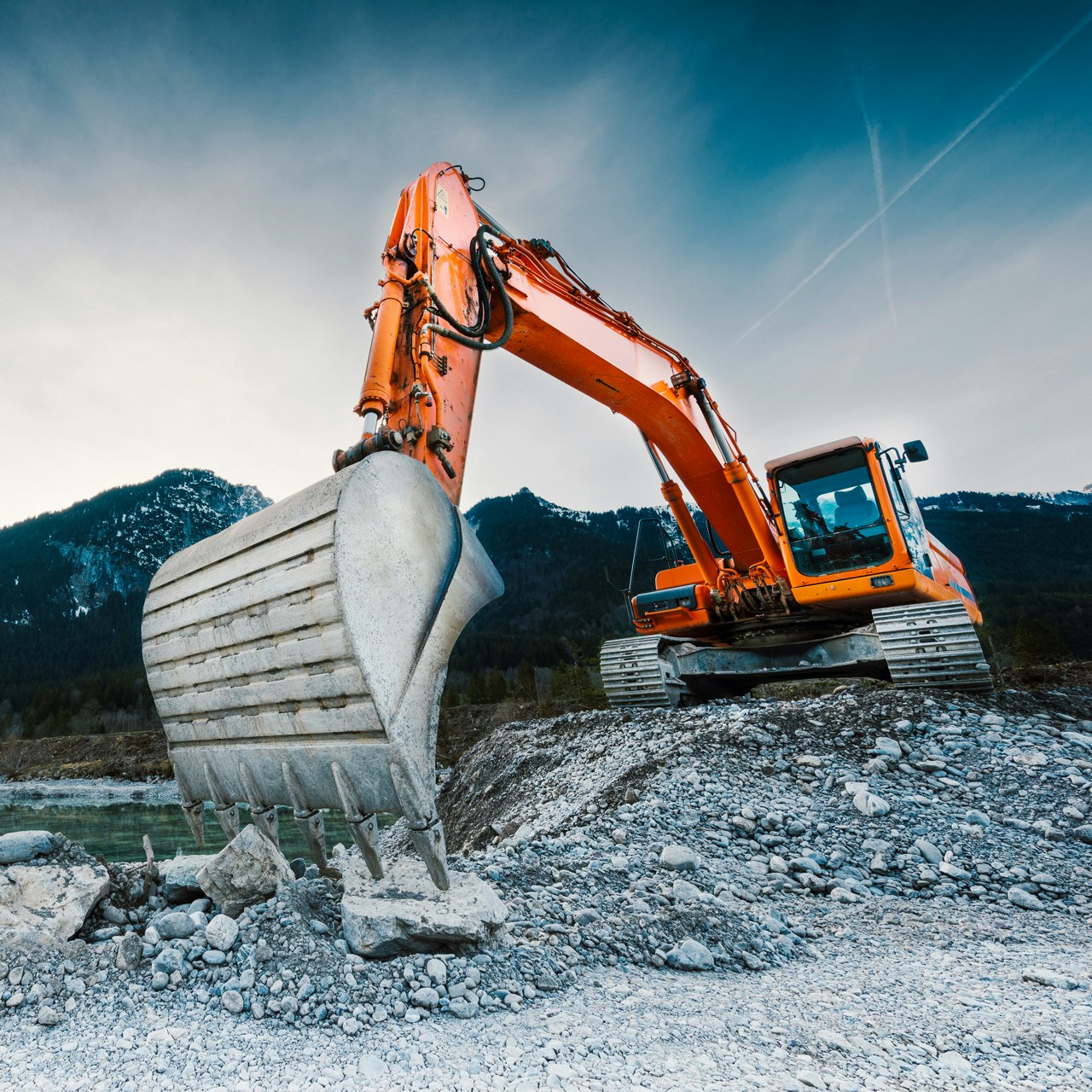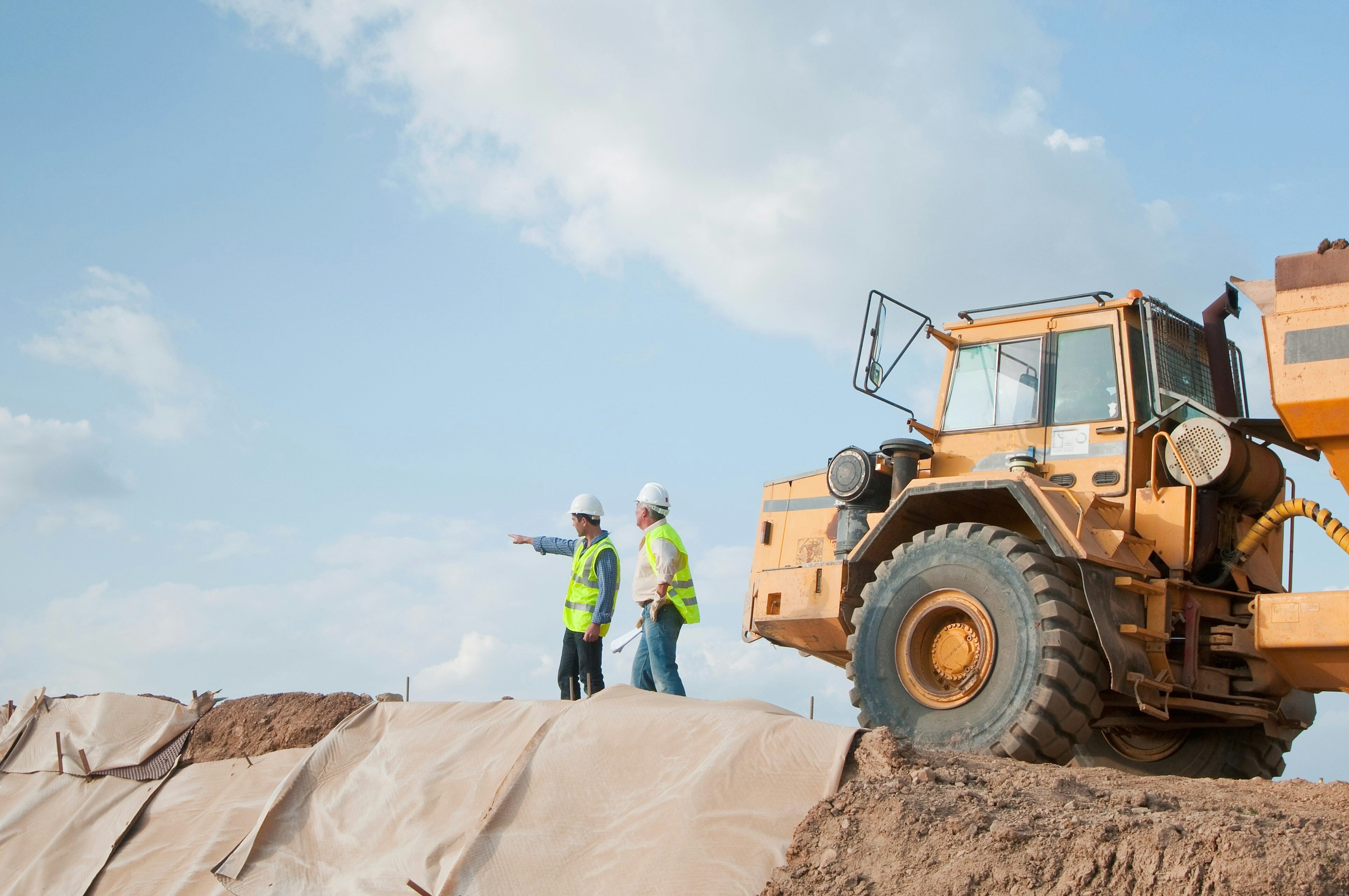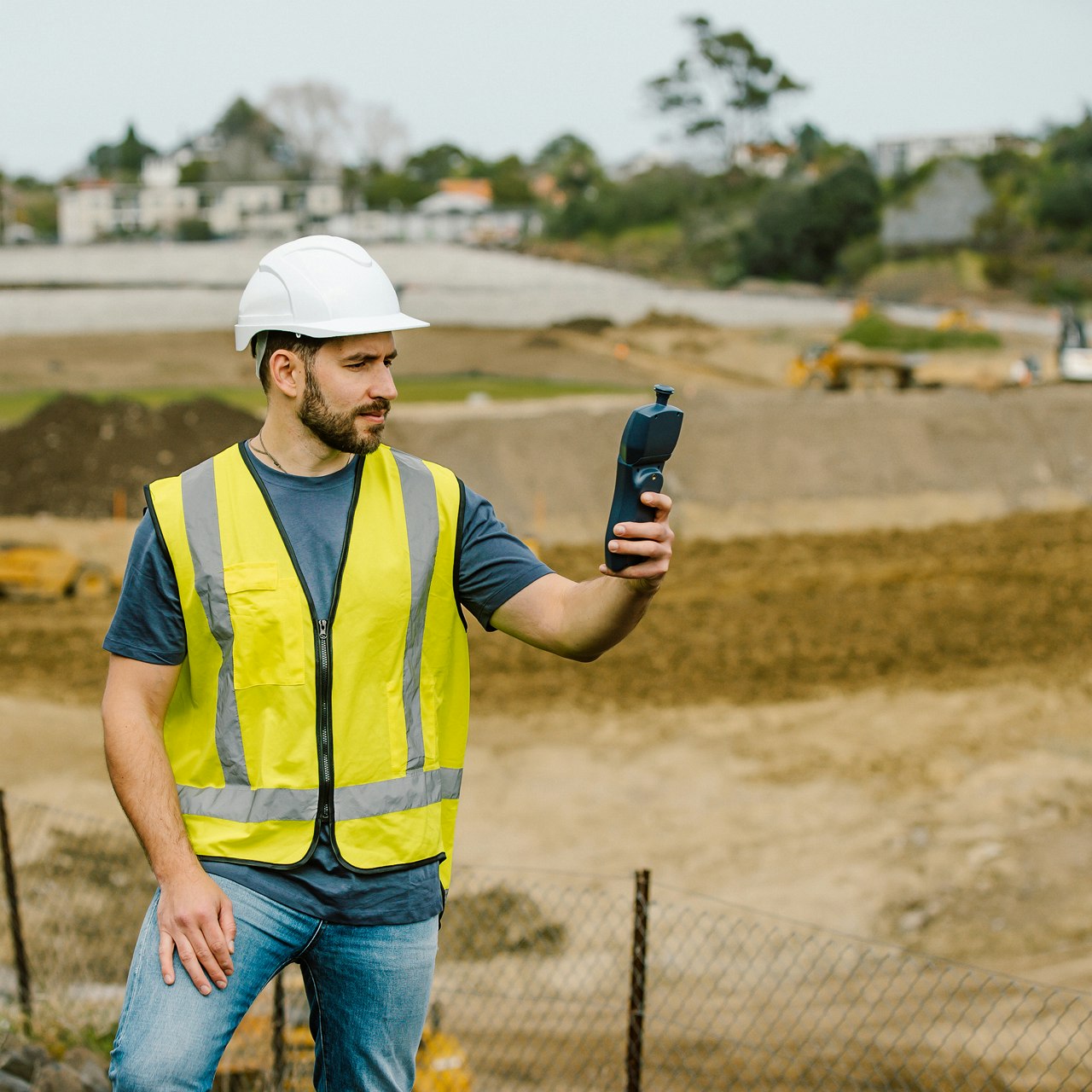Blog
Colorado Regulation 7 – What Consultants, Oil and Gas Site Operators Need to Know
Article Details
Last Updated
12 September 2025
Published
05 April 2022
Category
Remediation
Colorado Regulation 7, enacted by the Air Quality Control Commission of the Colorado Department of Public Health and Environment (CDPHE), covers several significant changes to air quality regulations affecting the oil and gas industry. Titled “Control of Ozone via Ozone Precursors and Control of Hydrocarbon via Oil and Gas Emissions,” Colorado Regulation 7 sets out stringent air quality monitoring requirements during pre-production and early production phases across all upstream oil and gas facilities, among other changes. Set to markedly impact Colorado oil and gas facility best practices, this legislation could set the industry benchmark nationwide as the US Environmental Protection Agency (EPA) tracks results.
Colorado Regulation 7 - Updated air monitoring requirements
Important changes all operators should be aware of can broadly be categorized into three main areas:
- Air quality monitoring requirements
- Recordkeeping and reporting
- Best practice guidelines for selecting an air quality monitoring solution
Revised monitoring requirements include a mandate on drilling operations during pre-production and early production. Under Colorado Regulation 7, operators must monitor air quality for a period starting no later than 10 days before pre-production activities and continue for no shorter than six months after the well is capable of producing saleable oil or gas material (defined as “early production”.) Compliance with CDPHE air regulations starts with drafting up a comprehensive monitoring plan. This is where an environmental consultant can be an excellent ally for site operators, ensuring the plan is sufficiently thorough and safeguarding against any potentially costly oversights.
Submitting a monitoring plan in line with CDPHE air regulations
Operators must submit the required monitoring plan to the Colorado Air Quality Control Commission and relevant local government at least 60 days before monitoring begins. When submitting a plan, operators need to abide by an extensive list of requirements as described in Colorado Regulation 7. These include (but are not limited to):
- Contact details – both for the owner-operator or their representative, along with local government details
- A planned schedule of operations
- Monitoring objectives (including pollutants and parameters being monitored – e.g., VOCs, BTEX/benzene, and methane)
- An account of equipment set to be used in monitoring
- A siting plan (including number, height, and location of monitors)
- Topographical site map
- Description of operating procedures (including sampling times, response levels, calibration, and data collection)
Selecting an optimal monitoring solution for oil and gas facilities
Under Colorado Regulation 7, operators are given a list of criteria to factor in when selecting an appropriate solution. Systems must be capable of continuous monitoring, reporting at a frequency of at least every fifteen minutes. Cloud-based solutions are preferred, making installation simple and efficient, in addition to providing operational benefits such as:
- Real-time alerts – enabling a swift response should anything go wrong
- Remote data access – allowing you to review data on the go
- Report-ready data visualization – saving valuable time and ensuring correct reporting
In order to comply with Colorado Regulation 7, owner-operators have 48 hours to report any responsive actions to the Colorado Air Quality Control Commission and local government authorities. The efficiency and immediate accessibility of cloud-based monitoring are critical to meeting this reporting deadline, along with validating data and understanding the best way forward to avoid future response-level events. It’s also important to note that, as per CDPHE regulations, any air quality data underlying the monthly reports needs to be stored for a period of three years.
When choosing a sensor-based system, Colorado Regulation 7 encourages operators to look for sensors that:
- Record relevant weather parameters (such as wind speed and direction)
- Continuously monitoring pollutants
While some of these criteria are merely suggestions, if you don’t comply, CDPHE regulations require you to explain why the alternative is sufficiently relevant. In gathering hyperlocal weather data, you’ll be optimally placed to identify any leak sources, trace response level alerts to specific events or activities, and take quick and effective mitigative action.
How Aeroqual can help you comply with Colorado Regulation 7
Aeroqual offers a range of connected solutions well-suited to meeting CDPHE regulations. The Dust Sentry Pro provides simultaneous real-time measurement of key particle fractions, along with remote data access and alerts. For measurement of BTEX levels, the Aeroqual AQM BTEX monitor can be used together with meteorological sensors and other sensor-based analyzer modules, delivering near-reference results. Aeroqual Ranger | Dust is suitable for use on a range of projects, combining Wi-Fi capability and simultaneous real-time measurement in an ultra-portable device.
Want to find out more?
To read Colorado Regulation 7 in full, head here. Don’t hesitate to get in touch for more on how we can help you design the perfect solution for reducing costs while achieving regulatory compliance.
Related products
Air monitoring made easy
Take the time and hassle out of your next project with a real-time air quality monitoring solution.












